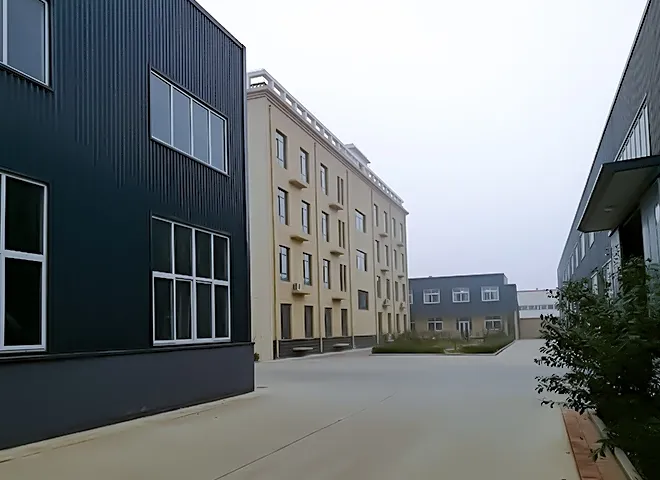Understanding the Functionality of Lockstitch Sewing Machines in Textile Production
Understanding Lockstitch Sewing Machines
Lockstitch sewing machines are an essential tool in the world of textile and garment production. They are the most commonly used type of sewing machine for a variety of applications, from home sewing to industrial manufacturing. To appreciate the significance of a lockstitch sewing machine, it's important to understand its mechanism, applications, and advantages.
The Mechanism of Lockstitch
At the heart of the lockstitch sewing machine is its unique threading system. This type of machine usually features two threads the upper thread, which is fed from a spool located on the machine, and the lower thread, which is drawn from a bobbin located beneath the needle plate. The operation begins when the needle pierces the fabric to form a stitch. As the needle goes down and the loop of the upper thread forms, a hook mechanism catches this loop and wraps it around the lower thread. This interlocking creates the lockstitch.
This system allows for stitches that are tight and secure, making lockstitch sewing machines ideal for a wide range of fabrics, including lightweight materials like silk and heavier ones like denim
. The precision of the lockstitch also provides flexibility in stitch length and tension control, leading to a high-quality end product.Applications of Lockstitch Sewing Machines
Lockstitch sewing machines are used in numerous applications across different sewing industries. In the fashion and garment sector, they are preferred for sewing seams and hems on clothing due to their strength and neat finish. They are also widely used in home sewing projects for crafting and alterations.
what is a lockstitch sewing machine

In addition to garment manufacturing, lockstitch machines find usage in upholstery, quilting, and various textile crafts. They can handle multiple layers of fabric, making them suitable for projects such as quilts or heavy drapes. Embroidery machines often incorporate lockstitch technology for creating intricate designs with precision.
Advantages of Lockstitch Sewing Machines
The lockstitch machine offers several advantages that make it popular among both amateur and professional sewers. One of the primary benefits is the strength of the stitches produced. A lockstitch is much less likely to unravel than other types of stitches, such as chain stitches, which makes it especially desirable in garments and items subjected to regular wear and tear.
Moreover, lockstitch machines tend to be simpler to use and maintain than more complex sewing machines. They feature fewer moving parts, which can result in lower maintenance costs and a longer lifespan. This reliability is essential for high-volume production environments where downtime can lead to significant financial losses.
Another notable advantage is the versatility of lockstitch machines. They come in various forms, including straight stitch, zigzag, and specialized versions for specific tasks like quilting or embroidery. This allows users to adapt their machines to different projects without needing multiple machines.
Conclusion
In summary, the lockstitch sewing machine is a vital piece of equipment in the textile industry, known for its durable and reliable stitching capabilities. Its straightforward design, combined with its adaptability and strength, makes it a favored choice for many sewers. Whether used for creating garments, home décor, or crafting projects, lockstitch machines continue to play an invaluable role in the art of sewing, perpetuating a tradition that spans centuries while adapting to contemporary needs. Understanding this technology not only enhances a sewer's skill set but also enriches their appreciation for the craft.
-
Boost Production Efficiency with a Pattern Sewing MachineNewsAug.29,2025
-
Industrial Excellence with the Best Heavy Duty Sewing MachineNewsAug.29,2025
-
Precision and Power with the Best Pattern Sewing MachineNewsAug.29,2025
-
Reliable Bulk Packaging Starts With the Right FIBC Sewing MachineNewsAug.29,2025
-
Advanced Packaging Solutions: Elevate Productivity with Jumbo Bag Sewing Machine and Industrial Stitching EquipmentNewsAug.29,2025
-
High-Performance Solutions for Bulk Packaging: FIBC Sewing Machine and MoreNewsAug.29,2025
-
Maximize Efficiency with an Industrial Cylinder Arm Sewing MachineNewsAug.28,2025


























